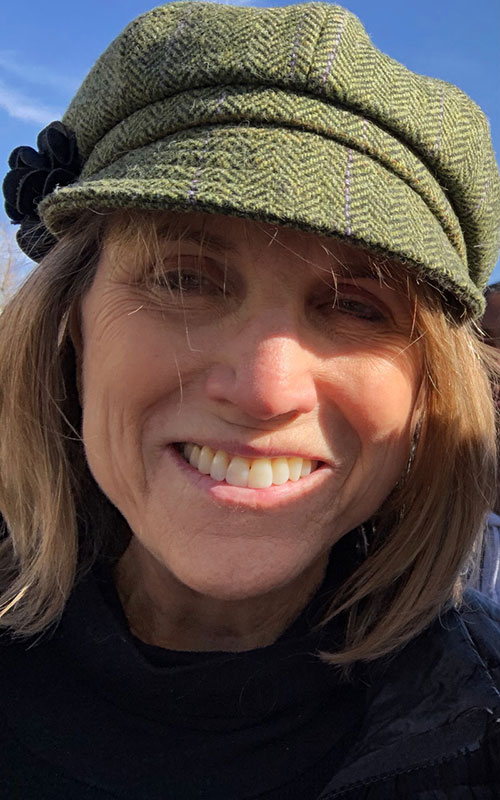Critical Commentary
Review of What Remains by Lauren Lipski, Pinyon, No. 26, Spring 2017
“Are we in a story?” a granddaughter asks in the title piece of Jacqueline St. Joan’s first book of poetry, What Remains (Turkey Buzzard Press, 2016) . Poetic storytelling and how it draws its power from memory, is central to her collection. In “Poetry is an Act of Love,” she writes, “going out to get a poem is like hunting,” implying poems are not simply created, but rather gathered from and found in the environment around us. The rest of her collection is an act of foraging as well, harvesting material from her mother’s WWII memories of her green-eyed, tuxedo-clad husband, to her childhood memories of hairspray and Nescafe, to the ashes of her calico cat and her curious granddaughter.
These memories, often center on physical remains—the slack mouth of her dead father or the abandoned baby wrapped in slick papers beside the backyard fence—reveal St. Joan’s attention to the relationship between time and place, time and people. Some of her poems are firmly grounded in their physical location; her “Ten Ways of Looking at the West” echoes Stevens’ style, but with name-checks to Flaming Gorge and Steamboat Springs. Other poems are less regional, though many recall specific places and the intangible remains of memory that can be found there. In “The Kitchen Sink,” present and past intersect at a specific location, as the speaker recalls herself as a freckled eleven year-old who is now part of “a generation of daughters drinking/from their mother’s broken cups.” In her book, people are tied to place as surely as memory is, allowing for inter-generation connection not simply through memory but also through a return to the physical locations and objects that hold these remains.
As St. Joan examines the remains of both bodies and memories, her poetry emerges as perhaps the most important remnant. Contained within her work is all that is left of someone’s Aunt Gloria, a stand-in for all our aunts who told their nieces, “someday you’ll be a woman.” When her mother’s memory deteriorates in “Glenn Miller Was Missing,” St. Joan’s poem records what remains in pieces—a sepia photo, dentures wrapped in Kleenex, a mahogany bed. Poetry becomes personal history, but this personal history, spanning from WWII to the turn of the 21st century, is one that with St. Joan’s reflective treatment, seems to “carry more futures than remains.”


